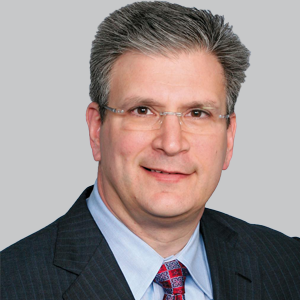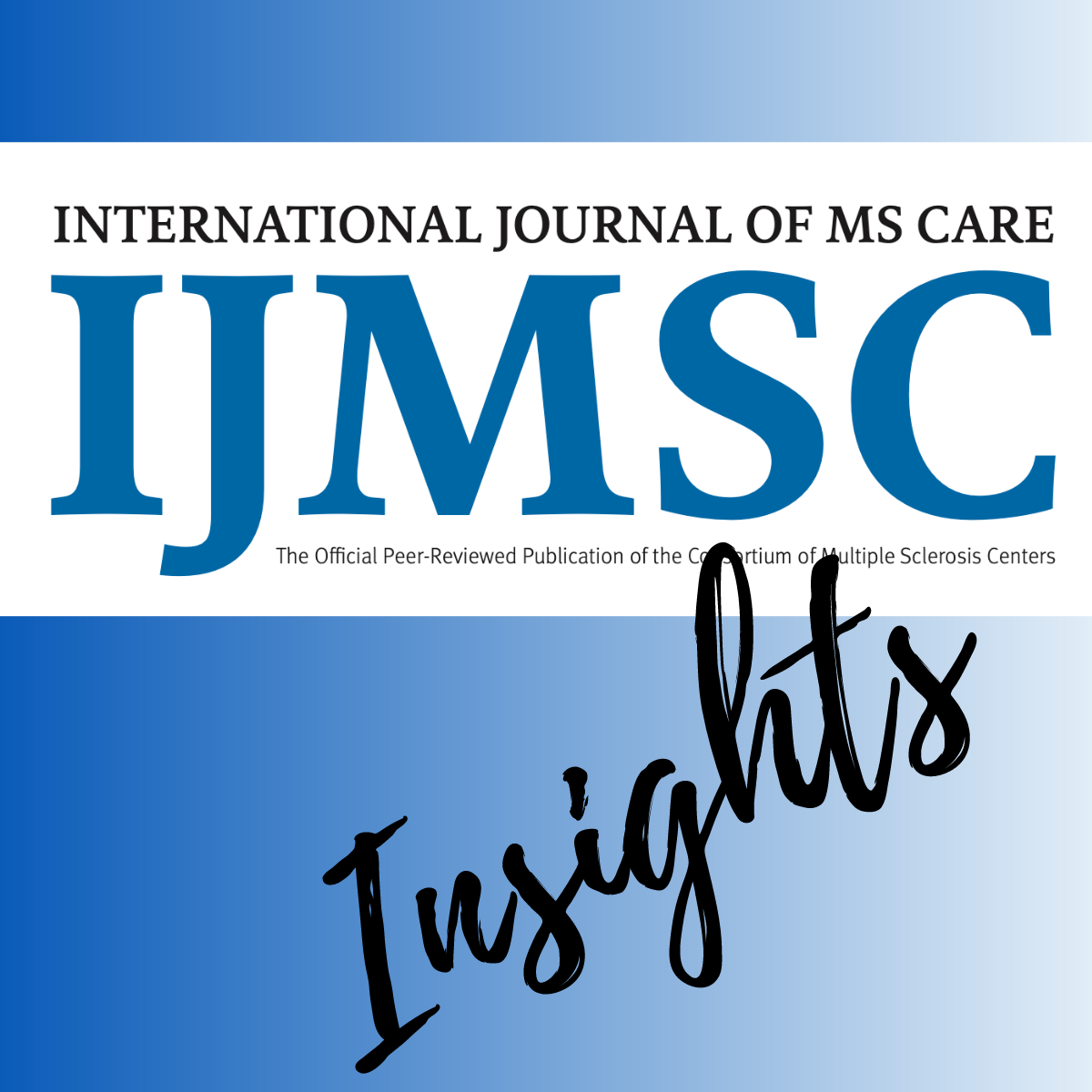Commentary
Video
Reflecting on the Rapid Evolution of Neurology
Author(s):
In this segment, Pagan talked about how the field of neurology has changed in the last decade and shared where he sees it moving forward as well.
At the 2025 American Academy of Neurology Annual Meeting, held April 5-9, in San Diego, California, movement disorder expert Fernando L. Pagan, MD, sat down with NeurologyLive® to discuss the growing promise of disease-modifying treatments for neurodegenerative conditions like Parkinson disease (PD), driven by advances in protein clearance and inflammation targeting. He emphasized the importance of continued education, the thoughtful use of AI in practice, and clear communication with patients as the field of neurology rapidly evolves.
In this episode, Pagan discussed the rapid advancements in the treatment of PD, highlighting significant progress in both pharmacologic and surgical interventions. He emphasized improvements in deep brain stimulation (DBS), including shorter procedure times, enhanced targeting with intraoperative MRI, and the emergence of adaptive DBS technologies powered by AI. He also noted the evolution of subcutaneous infusions and oral therapies, all contributing to better symptom control and quality of life. Pagan underscored the importance of staying current with ongoing innovations, as neurology continues to evolve at a transformative pace.
Transcript below edited for clarity.
Fernando L. Pagan, MD: Neurology is moving fast—it’s changing fast. So, it’s still the new frontier of medicine. I’ll just give you an example. By the time I finished my—when I finished my residency, by the time I finished my fellowship, what I had learned during my residency was already obsolete. That’s how quickly things change.
Over the past decade, the way I treat PD has changed dramatically just over the past decade. And I think right now, we are in a transformative period with these subcutaneous infusions, we're even seeing procedures like DBS get better. Our neurosurgeons can now do these procedures in half the time. And now there are certain institutions—especially places like Georgetown—where we no longer need to do intraoperative recording. We have intraoperative MRI with direct targeting, so that the same position where the MRI is done and where the brain shift occurs is the position you get the MRI and the target. You get dead-on accuracy with that technique, rather than shifting the patient from the MRI to an upright position and needing microelectrode recording with multiple passes. Here, one pass is all you need, and you get it exactly where the MRI and the nucleus were seen in a 3-Tesla MRI, in that same position.
So that's an improvement for patients with PD, and they can actually be asleep—they don’t have to be awake during the surgery anymore. We’re seeing better placement, and a significant improvement in DBS. All 3 companies continue to be very innovative in their delivery of DBS. And now, one of the companies has the ability to do adaptive DBS, and I can see other companies in the near future also improving on that. So we no longer have to compromise a setting or give multiple settings like: “Well, this is the setting you can use when your medications are ON,” or “This is what you can use when your medications are OFF.”
We have patients who have to go up or down on their stimulation depending on what they’re doing throughout the day. And now, with AI, and with the ability to record from the brain—where these electrodes are in specific nuclei—we can adjust specifically for that patient to get better tremor control. Less tremor control is needed, etc. So this is changing the way we’re doing things.
We’re seeing better oral therapies across the board in PD management. Better drug delivery. And we’re seeing, also with our deep brain stimulators, more advances using AI to really modulate brain activity and improve the quality of life for our patients. So, this is a really exciting time.
I do see that over the next decade in front of us—maybe even just the next 5 years—things will be completely different from what they are today. So it’s important to keep up. If you like change and learning new things, coming to meetings like the AAN and the movement disorder meetings—those are going to be more and more important, because these changes are currently happening.
There’s so much active research going on—disease modification, neuromodulation, how AI interacts with either drug delivery, surgery, or therapeutics like DBS—to improve those patients. These are really exciting times.
So our new faculty, our new neurologists—you all are growing up with this. And for those of us who’ve been here for a while, it’s fascinating to see. But you're going to see how quickly things change. It’s important to stay up to date with all of these changes, because it’s going to translate to better delivery of healthcare for our patients, and better quality of life.
If we can keep our patients moving—movement is the key for all disorders, whether it’s cognitive or motor—the more we keep our patients moving, the better it is for their brain health. Movement is brain health. We want to keep our patients moving, and this is what our therapies are really aiming to help with: improving that movement, improving motor function and cognition. And hopefully, we’ll also see a lot more treatments coming down the pike for the non-motor symptoms—especially when it comes to psychosis, etc.




